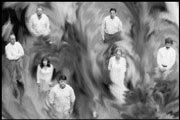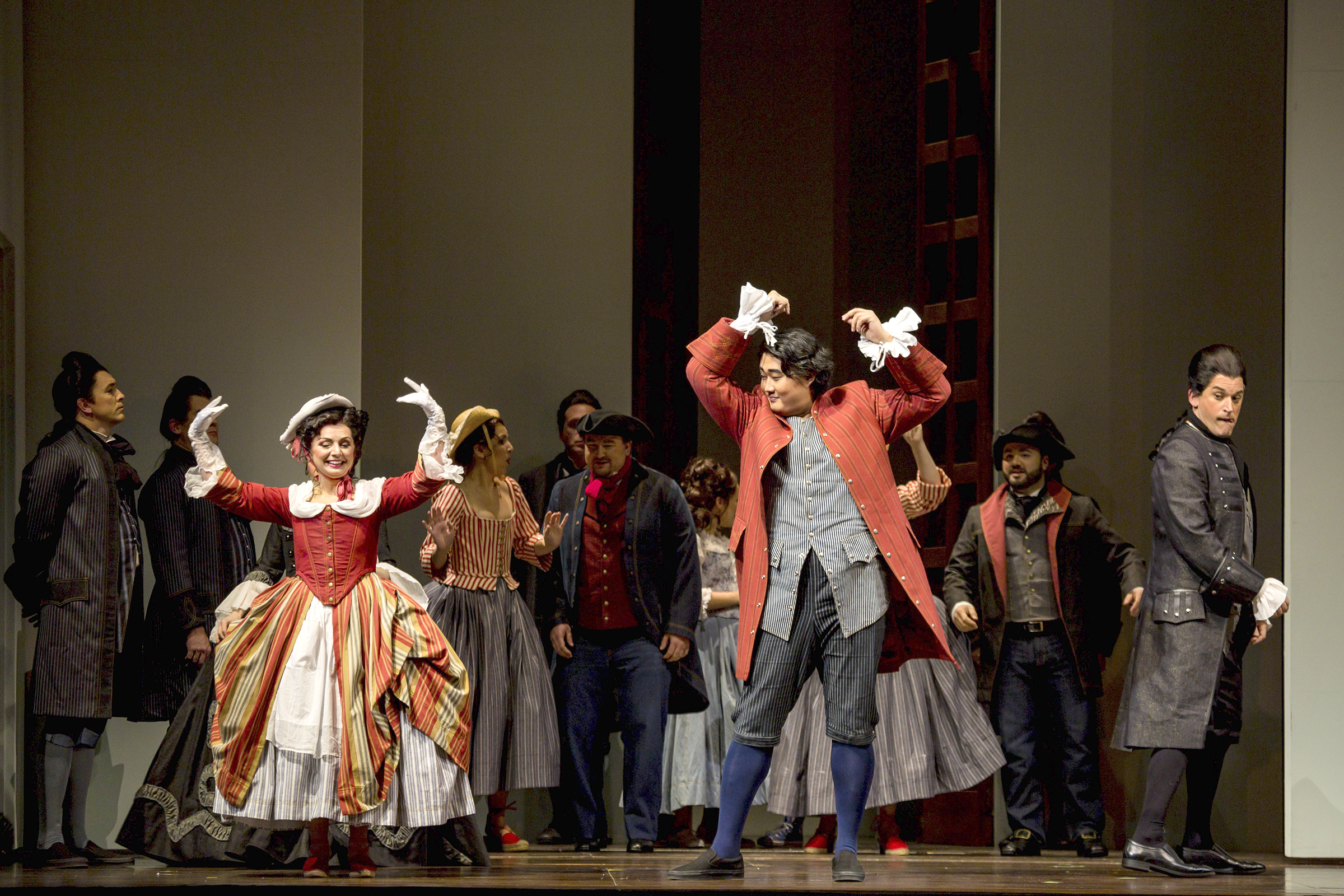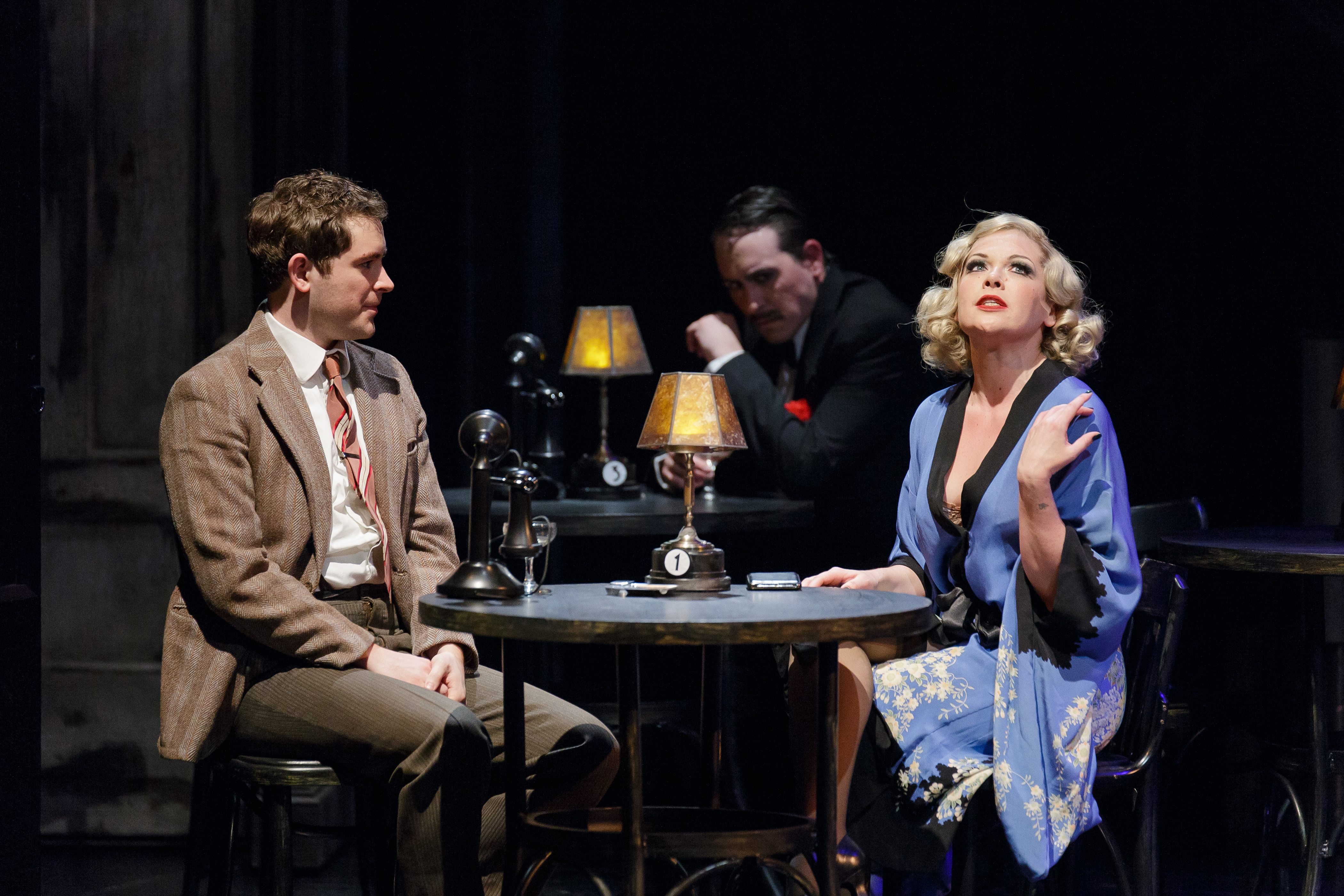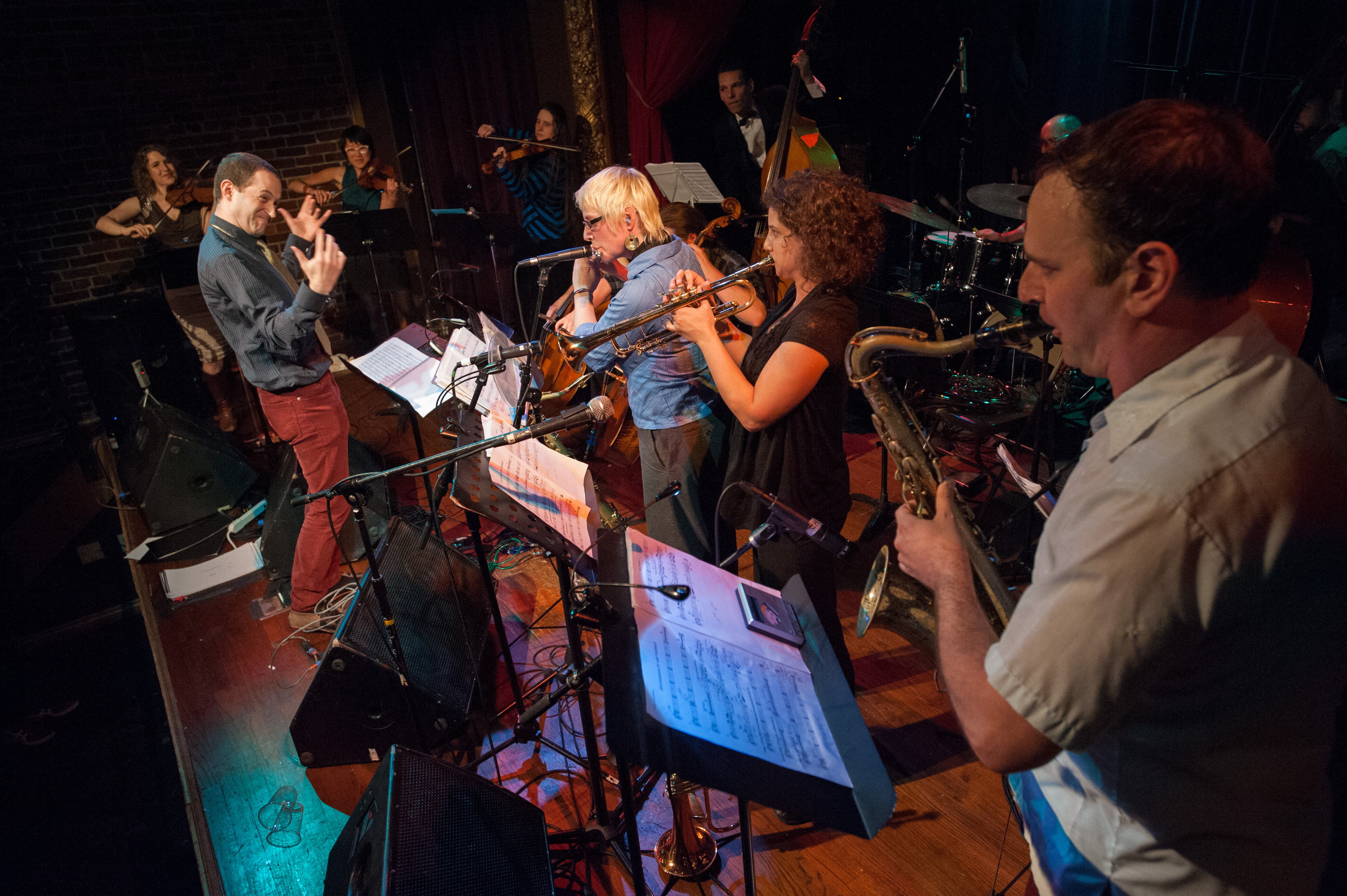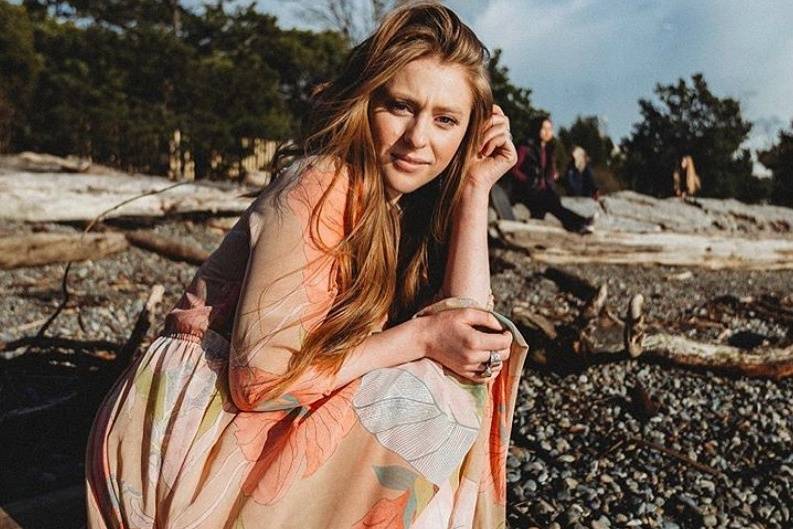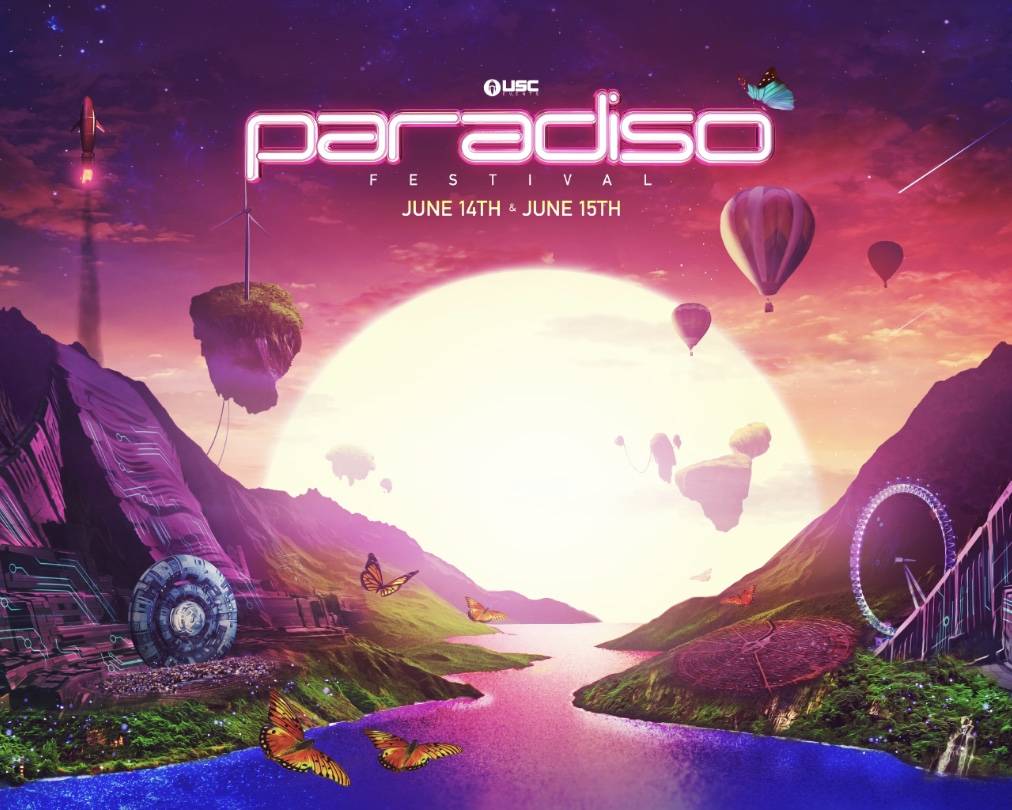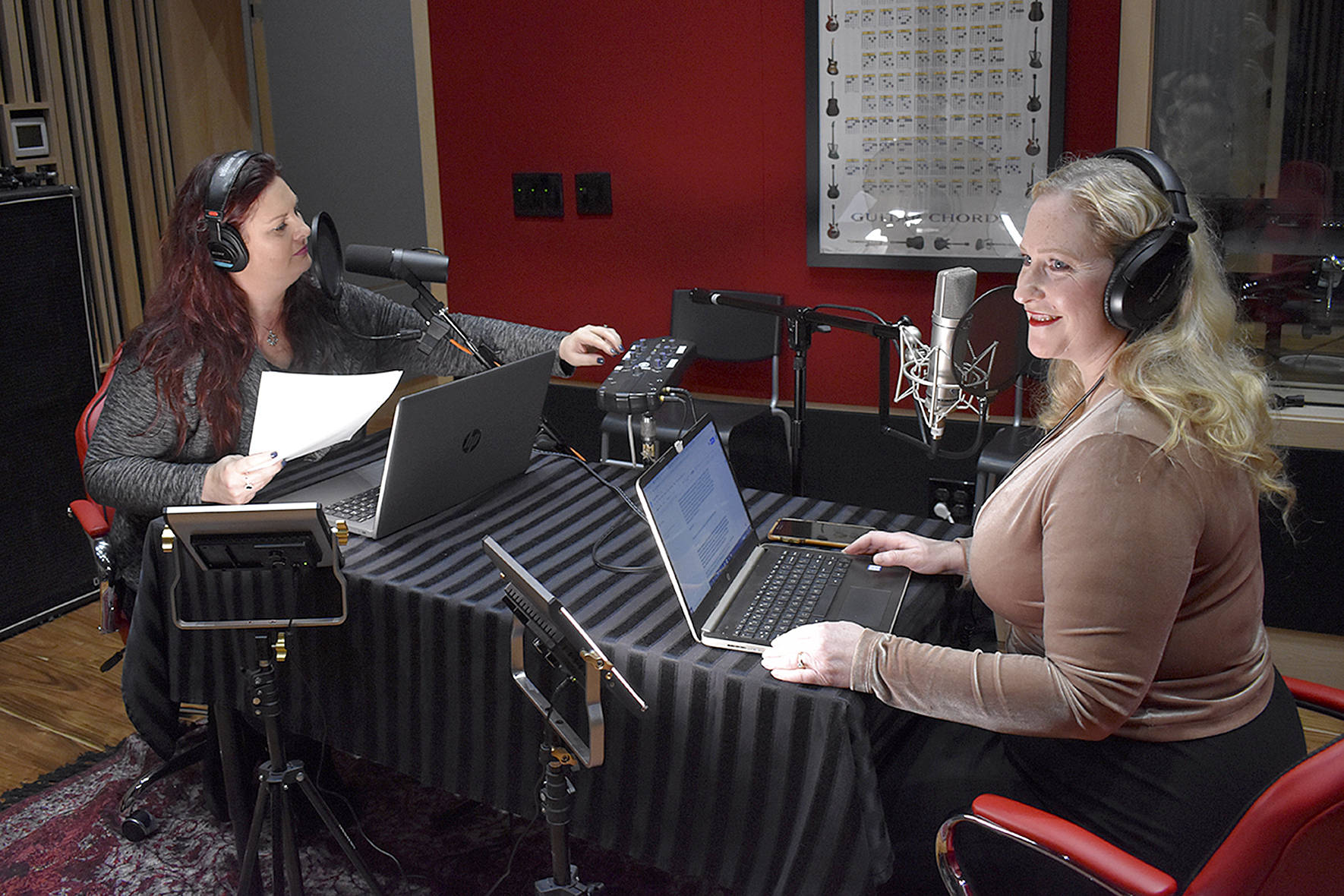QUAKE
Benaroya Recital Hall, Third and Union, 368-7091, $10-$15 8 p.m. Mon., Jan. 28
I’VE HEARD IT claimed that there are enough strong classical musicians in Seattle to staff two additional orchestras of the size and quality of the Seattle Symphony. That means a lot of underemployed instrumentalists seeking a chance to play. This season’s seen a surprising number of musicians take matters into their own hands and launch chamber music groups, each adding something new to the local scene. The newest debuts next Monday.
Named for the seismic phenomenon that interrupted their first rehearsal last Feb. 28, Quake is a slightly modified “Pierrot ensemble”—a quintet of flute, clarinet, violin, cello, and piano—which Schoenberg used to accompany the vocal soloist in his 1912 song cycle Pierrot lunaire. Many contemporary music groups replicate this instrumentation (with percussion a frequent sixth guest), and many composers write for it because it offers a wide range of color while remaining of practicable chamber music size. By adding just one brass instrument, the possibilities increase exponentially; Quake’s founders, clarinetist Sean Osborn, violinist Ella Gray, and cellist Walter Gray, invited trombonist Don Immel to bring his jazz and improv experience into the group.
For one of two pieces commissioned for their debut concert, Stuart Dempster’s “Ear th” Quake, the composer provided just a sheet of verbal instructions; the resulting sounds, evocative of the work’s title, include stuttering Morse-code rhythms and shifts of sonic perspective. The players are asked to walk around the hall as they play. The second commission for the full group is John Muehleisen’s Quake, which takes Greek names for its three movements, “Komoidia,” “Tragoidia,” and “Elegeion,” and moves from a turbulent and mercurial beginning to a bleak ending. The bulk of Quake’s repertory will be music for smaller subensembles. Immel and percussionist Rob Tucker are currently arranging some Gershwin preludes for a trombone-marimba duet.
In a city well served by chamber music, Quake needs a niche. Quake plans to collaborate with other performing artists—actors, readers, dancers—and program music of many styles and from both ends of the serious/irreverent scale. In addition to a strong focus on contemporary music, Quake wants to “present old music in new ways,” says Ella Gray, and next week’s concert will include a “transformation” of a baroque sonata by Telemann.
This season’s already seen the debut of two other chamber groups, founded, like Quake, by musicians who were not quite satisfied with the performance opportunities open to them, and who also wanted to bring Seattle audiences a genre of music they rarely got to hear. Solo song recitals are fairly common, but performances of small vocal ensembles with piano accompaniment are not. So Lane Galloway gathered five friends to form Winter Sky, offering an impressive all-Britten concert last October.
Chamber music for voice, this time combined with instruments, is also the focus of the new quartet Sorelle. The group’s soprano, Hope Wechkin, says she relishes the chance to perform as one among equals, rather than in a solo recital, a choir, or an opera where the voice is primary. It was their mutual love of a particular work—Ravel’s exotic Chansons mad飡sses—that brought Wechkin together with flutist Sarah Bassingthwaighte, pianist Julie Ives, and cellist Anne Robison. Rehearsing this piece proved so rewarding that they made it the centerpiece of a pair of recitals last weekend at the Frye Art Museum and Brechemin Auditorium.
Considering the political and economic stresses of the last few months, any new musical endeavor might seem a risk—and basing an ensemble around one work sounds especially quixotic. But Wechkin is convinced the time is right for a group like Sorelle: “There’s an increased sense of the importance of doing what matters . . . there’s great refuge and great joy in playing music on an intimate scale.”
